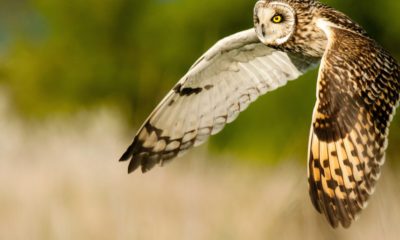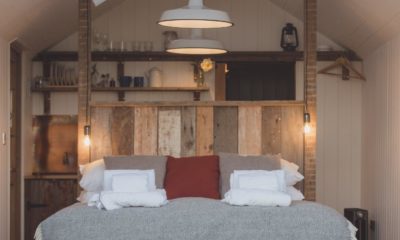Wildlife
The wide expanse of grazing marsh provides an important habitat for wildlife.
On a visit to Elmley you are likely to see water birds wading in the ponds, magnificent birds of prey soaring above, hares bounding across the meadows, as well as a fantastic variety of insects exploring the waterways and wildflowers. If you are lucky you might also spot a water vole hiding among the reeds or a grass snake basking by the pools. Find out what to expect at Elmley with the photographer Robert Canis’ Elmley Through the Seasons slideshow. For information on what’s about at the moment click here
Spring
The most evocative sight in Spring has to be the swooping displays and 'peewit' call of Lapwing over the marsh.
Over forty species of birds breed and raise young at Elmley. Lapwing, redshank, and grebes are some of the species that can be seen with their chicks alongside the entrance road.
Summer migrants steadily return from far afield and passage birds flit through with the weather.
Brown Hares are common in 'mad' March and April and their young leverets can be spotted.
Summer
Fledging takes place throughout the season as the Spring chicks become mature enough to take their first faltering flights.
Butterflies and rare bees abound every flower, field and particularly our sea-walls.
Dragonflies and Damselflies patrol the ponds and rills preying on insects. Elmley is home to a great number and variety from the Ruddy Darter to the Scarce Emerald.
The cacophony of marsh frogs reaches a crescendo as dusk settles each evening.
Swallows and martins fill the sky around the farm.
Yellow wagtails are a frequent dot of vibrant colour amongst the cows and calves across the marsh.
The salt marsh skirting the Swale is now in full splendid bloom with Sea Lavender and Sea Purslane creating a wonderful saline meadow.
Autumn
Migrants such as Whimbrel and Green Sandpiper pass through en-route to Africa, stopping at Elmley to rest and refuel for only a few weeks each year.
Barn owls often breed late in the boxes provided across the Reserve and their owlets can be seen and heard crying to their parents for food.
As the autumn turns and days shorten wildfowl and waders begin to return from North-East Europe and the Arctic.
Winter
Winter rains fill the ditches, rills and pools attracting vast flocks of migrating waders and wildfowl which fill the marsh skies. Tens of thousands of Lapwing, Golden Plover, Teal and Widgeon are common.
Dunlin dart from shore to pools and can be seen a brilliant flashes of silver from afar.
Huge 'rafts' of wildfowl shelter on the Swale but are easily disturbed by activity on the sea wall and shore.
Raptors of all shapes and sizes are common. Marsh Harrier can be seen harrying unsuspecting wildfowl on the pools and roosts. Sparrowhawks and Peregrine create havoc amongst the flocks.
Short Eared Owl quarter the patches of rough grassland each afternoon hunting for small mammals.






